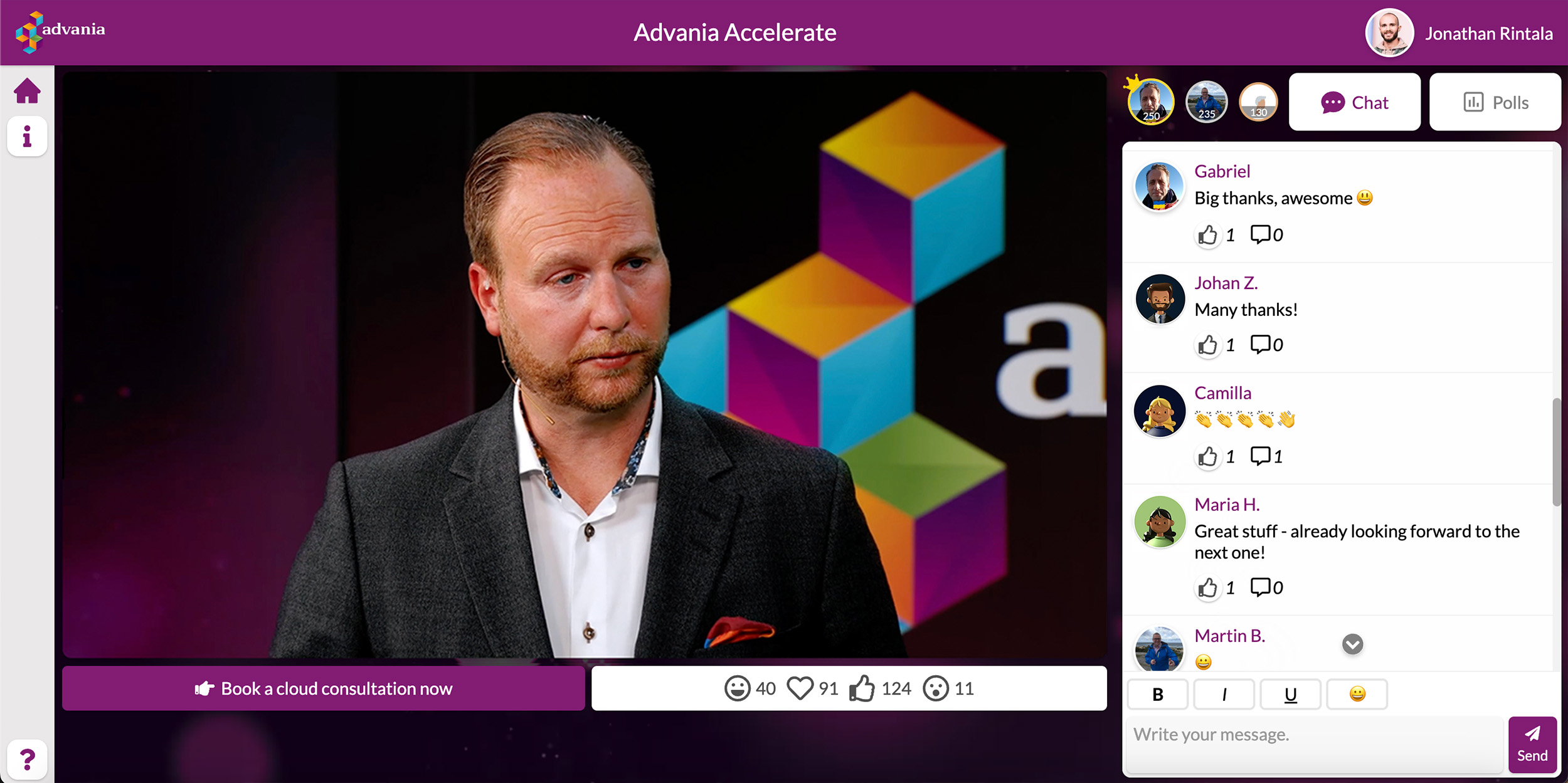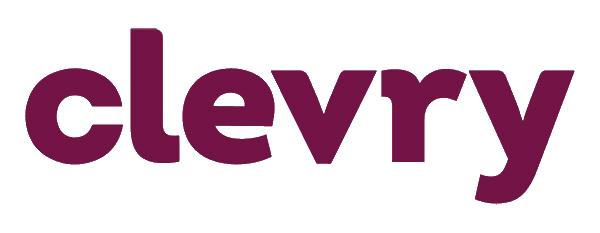Compare the best webinar platforms in 2025
Picking software to run your business is key decision that you don't make lightly. We are here to make it easier. Find the best webinar platforms for your needs in 2025, through side-by-side comparisons.



Not active (discontinued)
Univid is trusted by +100 companies





97% of users use Univid again
According to a 2025 survey



